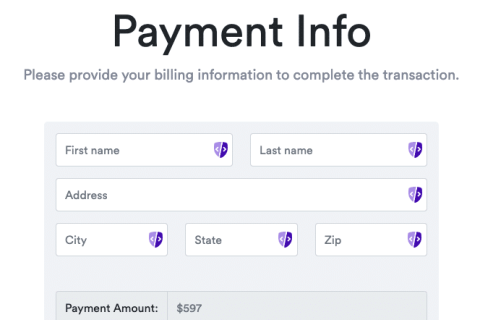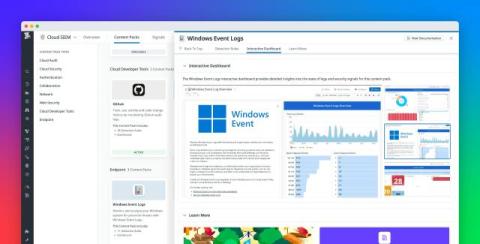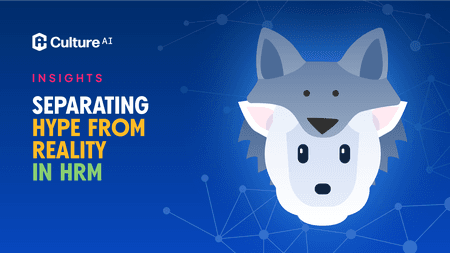Mobile Threat Defense: Safeguarding Your Data on the Go
Smart devices are everywhere — and one common cybersecurity myth is that security teams don’t need to worry about sensitive data stored on them. However, in a landscape where 75% of organizations have experienced phishing attacks against their employees, a robust security posture that includes coverage of your employees' personal tech is a must.











